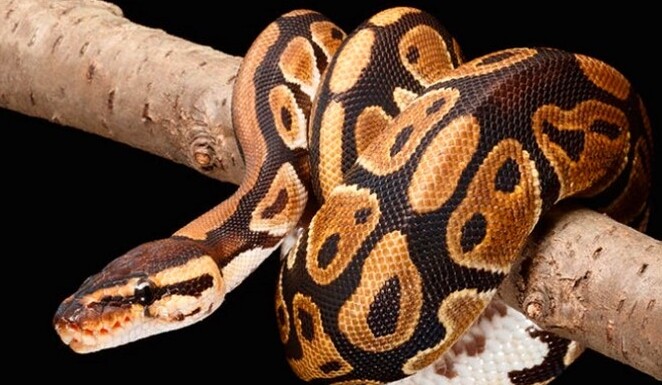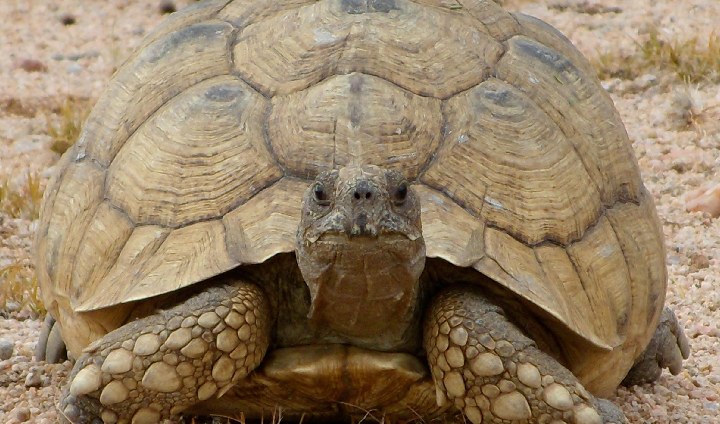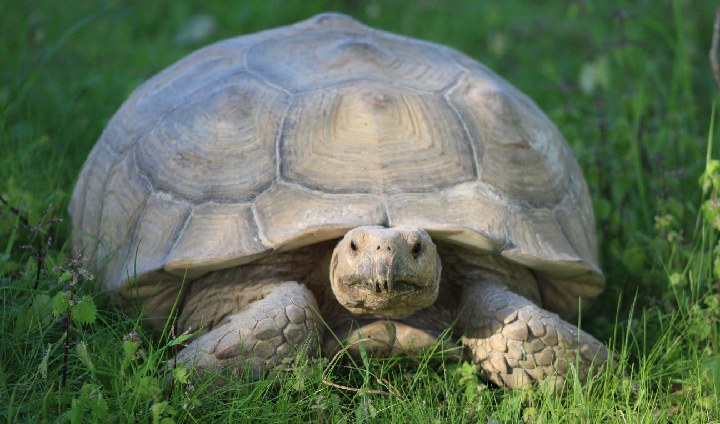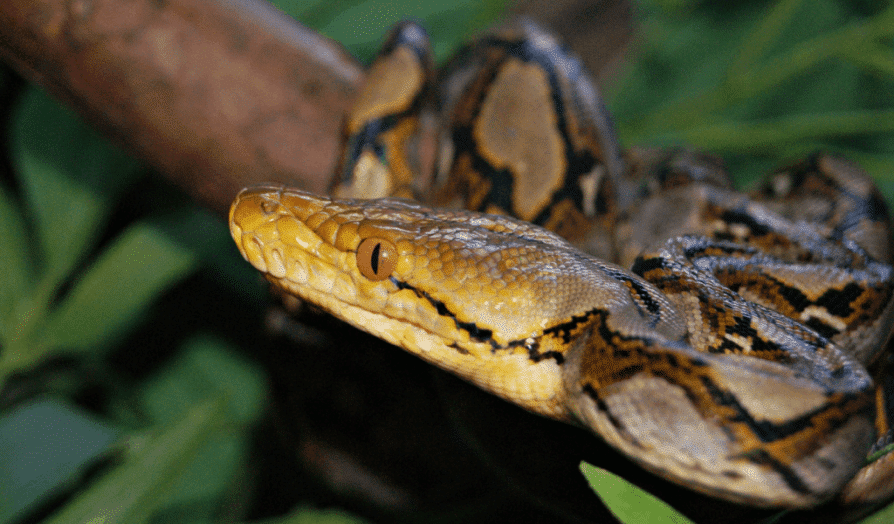Diet: Carnivorous animals with the ability to move their jaws to be able to ingest prey larger than their own mouths. The strategy normally used is the ambush. They feed almost exclusively on rodents.
Reproduction: The female ball python can lay up to 11 eggs and immediately curls up around the eggs for protection and to give them temperature. The incubation period lasts about 2 months. When the babies hatch they are immediately independent and have to look for their food.
Distribution and Habitat: They are found in open grasslands and forests of West and Central Africa.
Behavior: It is called the ball python because they curl up in such a way that it looks like a ball, with their head in the middle to respond to any threat. Pythons spend most of their time on the ground or underground, in burrows. They are most active both at dawn and dusk.
Conservation Status: Least Concern
Scientific name: Python regius
Class: Reptilia
Order: Squamata
Family: Boidae
Dimensions: up to 1.8 m long
Weight: 1,4 kg – 2,3 kg
Longevity: 20 years in captivity and 10 years in the wild










